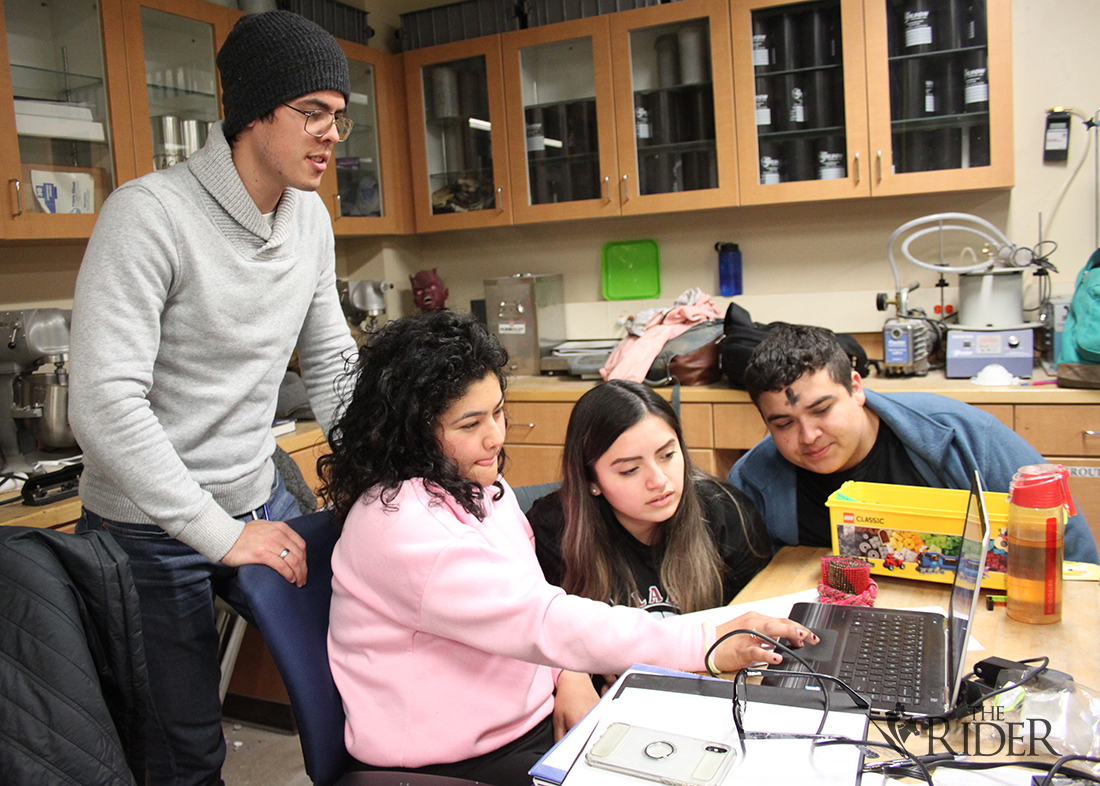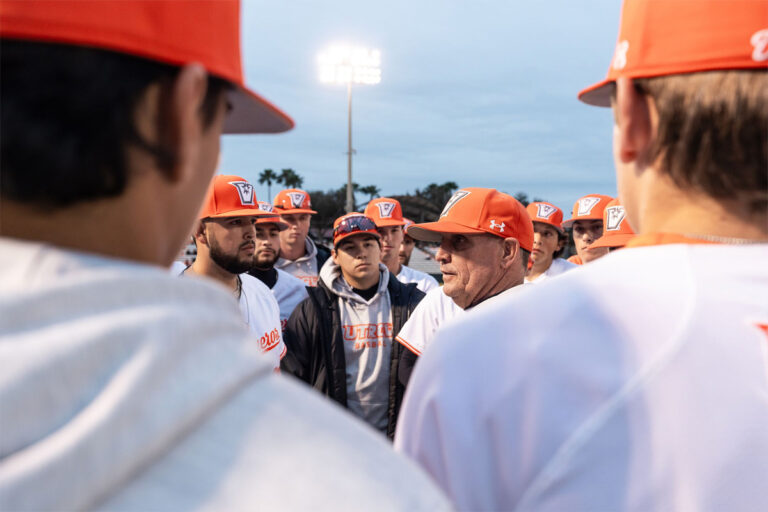
UTRGV’s student chapter of the American Society of Civil Engineers have accomplished the difficult task of making concrete float in preparation for the fifth annual ASCE Texas Student Symposium.
The symposium, hosted by the UTRGV student chapter of ASCE, is set to take place April 10 to 13 at the South Padre Island Convention Center.
At this event, schools from across Texas and Mexico are invited to participate and compete, building not only concrete canoes, but also connections with other civil engineers and students.
Robert Jones, interim department chair of the College of Engineering and Computer Science and a mechanical engineering professor, said that because of our area’s location, there has been “more teams from Mexico than ever before,” possibly due to the fact that they don’t have to make as long a drive compared to previous symposium locations.
Oscar Hernandez, ASCE president, said that they are expecting around 450 students and about 50 professionals to attend the event.
“We do have to fundraise for the whole conference and it is a pretty penny to do a conference as big as this one,” Hernandez said. “Up to now, I think it’s around [$70,000] to $75,000. I think in just catering food, we’ve spent about $40,000, but keep in mind we’re feeding … around 550 people.”
The ASCE student symposium is geared toward the civil engineering field and is carrying out a variety of events such as guest speakers, a career fair, vendors and several competitions.
Hernandez said this year, the event is conducting concrete bowling, concrete Frisbee and concrete canoe competitions. ASCE chapters use their wits to design working versions of the items with concrete.
“One of the major competitions that we have in this student symposium is a concrete canoe competition where we have to make a canoe out of concrete,” he said. “And then, we have to set up a display, we have to write a paper about it, we have to present it and the canoe is supposed to float in water.”

Hernandez said students were taught how to mix concrete and other “civil materials” in a hands-on lab but learning how to make the canoe float took hours of research.
“It’s a lot because we’re working with concrete and as an engineer, you have to come up with new ways of creating stuff, making it work, and this was our task,” he said.
Hernandez said that creating the mold for the canoe took about six months, but if anything went wrong during the curing method or while taking the cement out of the mold, they would have to do the process all over again. He said they are planning on making a second canoe to set for 28 days, “just in time for April 10.”
“Even though we’re a new department, a fairly baby department compared to others, I think our chances of winning are pretty high,” Hernandez said. “I have confidence in the team because they’ve been working pretty hard. It’s been a daunting task because they just don’t have to concentrate on the canoe, but also in the symposium planning and their courses. We have it twice as hard as anybody else.”
Jones said that in previous years, there have “generally” been problems with transporting the canoes. They either break on the way, or when they’re being unloaded. Despite this, he believes that the group will do “OK.”
He said the group made a good team and that he’s seen them “working their tails off” for this competition.
The concrete canoe competition will take place April 13 at Dolphin Cove in Isla Blanca Park on South Padre Island.
The competition will consist of three categories: women’s rowing, men’s rowing and co-ed rowing.
“If people want to go see, all they have to do is pay the entrance fee for Dolphin Cove, which is for the county, and you’ll get to see UTRGV and the other schools from the state of Texas and Mexico compete [in] a friendly rowing competition,” Hernandez said.
He said that he wanted to thank the university, the ASCE professional chapter, the College of Engineering and Computer Science, and the students, because without any of their support, this wouldn’t be possible.





